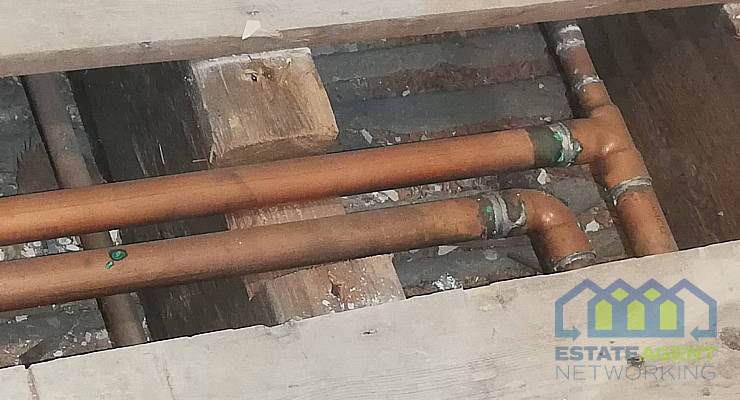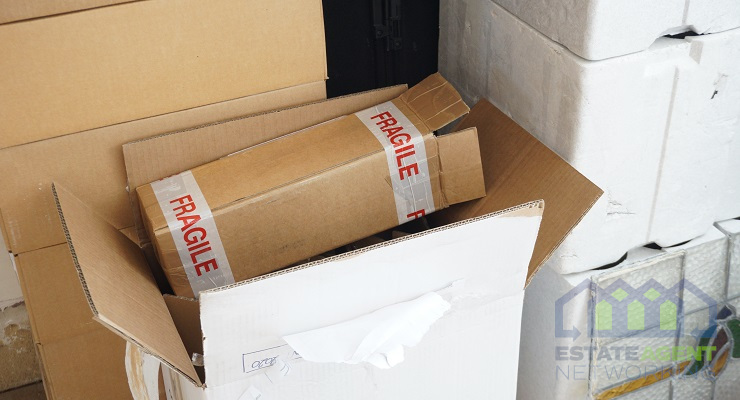The Economic Impact Of U.S. Soy: How This Crop Drives The American Agriculture Industry
Soybean farming in the U.S. was first practiced in the 19th Century, and it was first grown as livestock feed. Until scientists realized it could be used as human food since it had many healthy components. Large-scale farming of soybeans in the U.S., however, was practiced in the 20th Century.
In America, more than 80 percent of soybeans are planted in the upper Midwest. States such as Illinois, Minnesota, and Lowa stood the best in soybean production as of 2022. The great soybean production by the U.S. has also positively impacted the economy.
Continue reading this article to learn more about how soybeans have driven the American agricultural industry.
How Is Soy Produced in the US?
Soy is a very adaptable crop produced on both large and small scales in the U.S. Today, farmers are using U.S. Soy latest variety which grows in a wide range of soil and is more immune to pests and diseases.
Below is a step-to-step guide on how soybeans are produced in the U.S.
1. Planting
Before soybeans are planted, farmers start by picking out the suitable seed variety depending on pest and disease resistance, crop yield, and adaptation to various climatic conditions. Then the land for planting is prepared by tilling to ensure that the seeds grow in a level seedbed.
After that, the seeds are planted using a seed drill or a planter which places them equally apart from each other. Additionally, the planting takes place after spring during the last frost as they require a warmer temperature to sprout.
Fertilizing the soil to ensure they have all the nutrients they need is the next thing you should do after plating soybeans. You would then need to irrigate them and cut out the weeds constantly.
Soybeans require around 3-4 months to mature, depending on variety. Therefore, you must tend to them during this time if you want an excellent crop harvest.
2. Harvesting
When soy is ready for harvest, they turn yellow, while the leaves turn brown and fall off. Also, the seed pods become hard. If you press the seed coat with your thumb and it dents, the soybean has yet to develop. In addition, most soybean harvesting in the United States is done using a combine or large machine.
These machines collect and cut the soybean plant, remove the stems and stalk, and then place the soybeans in a separate container. After harvesting, the soybeans are taken to a storage facility or a grain dealer.
3. Processing
After harvesting soybeans, the next step is to process them into various products. For instance, soybean husks have long been used as an ingredient in animal feeds; soybean oil can also be used as vegetable oil used in cooking. High-quality soybeans make products such as tofu sold locally or exported to other regions.
Economic Impact of Soy
Soybean farming has had a great impact on the economy of the United States since farmers started growing it commercially. Below are some ways in which soybeans have improved the economy in the United States;
1. Creation Of Jobs
Many jobs have been created due to soybean cultivation in the U.S., as each step of soybean production needs laborers. For example, farm laborers are needed during planting, while truck drivers and machine operators are needed during harvesting.
2. Increased International Trade
Another positive economic impact of soybean farming is increased international trade between the U.S. and other states such as China and Japan.
According to statistics, the U.S. soybean sector has contributed approximately $115 billion dollars, therefore, raising its GDP.
3. More Nutritious Animal Feeds
The addition of soybean in animal feeds makes them more nutritious and balanced. Soybean meal, which is a by-product after soybean processing, is the part that is commonly used in animal feeds, mainly for poultry and dairy feeds.
In addition, animal feeds made from soybeans are more affordable than other feeds, which makes them a popular choice among farmers and manufacturers.
Therefore, it helps improve trade, which promotes economic growth. Soybeans are also environmentally friendly; hence the feeds will not negatively affect the environment.
4. Innovation
Lastly, soybean production has led to innovation in the agricultural sector. This way, researchers can now look for sustainable ways in which soybean can be produced. Sustainable soybean production involves maximizing crop yield without causing any adverse effects on the environment.
Bottom-Line
The production of soybeans in the U.S. has raised the economy’s GDP through increasing job creation and international trade. Also, it has led to innovation in the farming sector, which aims at growing food sustainably. This means that research is being done on maximizing land use for soybean production without compromising people’s health and the environment.
Additionally, soybeans have a lot of benefits, such as their high nutritional value, leading to a healthier population. Also, there are many applications of soybeans, such as being used as animal feeds and in industrial applications.









